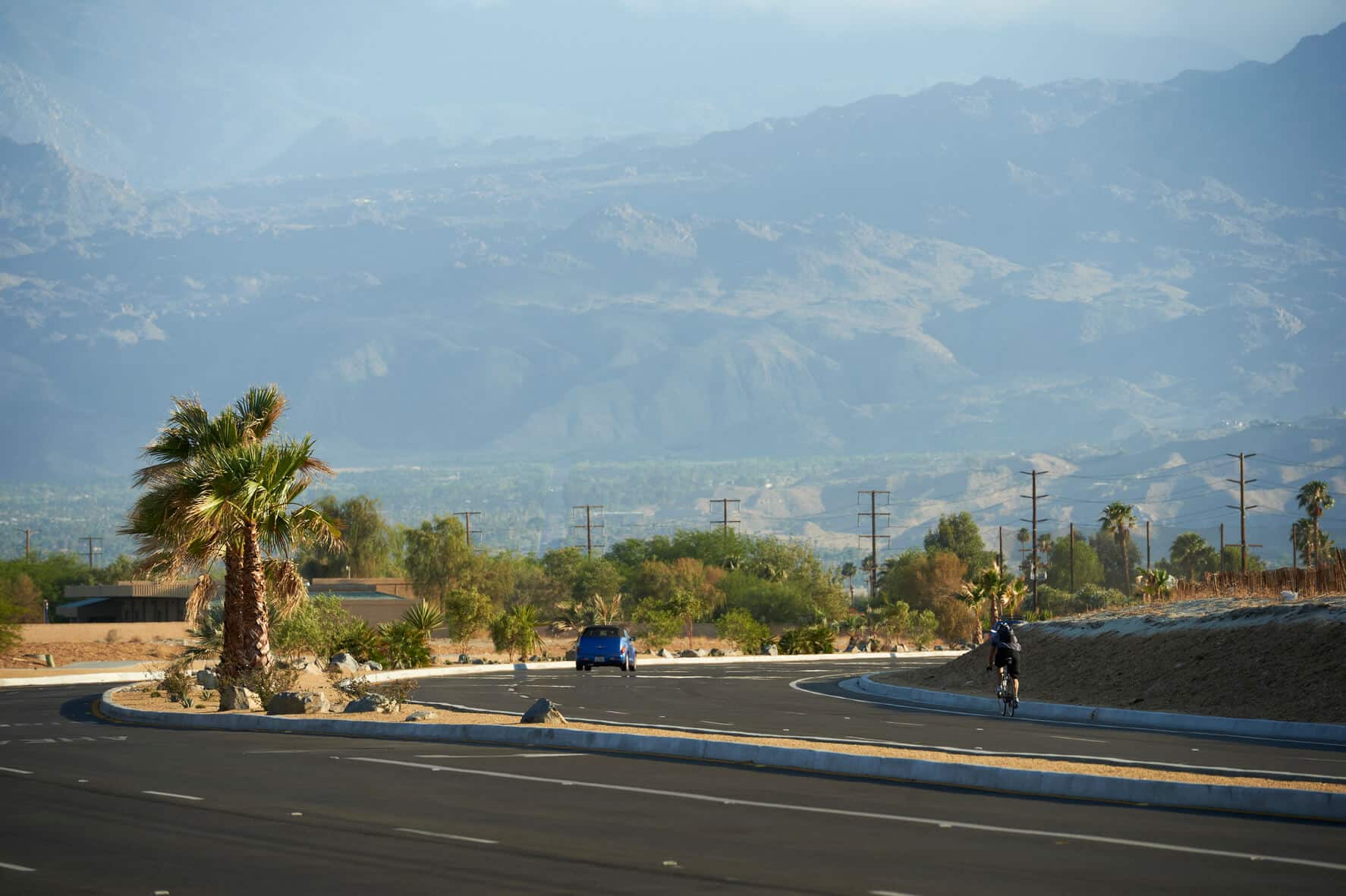- May 26, 2020
- Perspectives
On the Road Again — Paving the Future With the Past
How Recycled Asphalt Pavement Saves Taxpayers Billions


Scott Sounart, P.E.
Senior Project Manager
It’s the most recycled product in the U.S. and most of us use it every day. Not only is this material 100% recyclable, but it’s also often made of other recycled products. Not plastic. Not aluminum. Not glass. It helps you get to work every day. It’s asphalt pavement.
"The EPA estimates about 80 million tons of asphalt pavement are reclaimed every year, saving American taxpayers more than $2.5 billion in road construction costs annually."
– Scott Sounart, P.E.
Reclaiming and Reusing Asphalt
Millions of tons of asphalt pavement are reclaimed from parking lots, roadways, runways, and bike paths every year, and reused for new pavements. The three main components of asphalt pavement are asphalt cement, aggregate, and air, all of which can be replenished perpetually. Since the advent of the milling machine (or cold planer) in the early 20th century, asphalt pavements have been reclaimed by grinding or milling the existing asphalt surfaces to various depths to later rejuvenate with new asphalt pavement overlays. Milling and asphalt overlays rehabilitate distressed pavements including those with raveling, cracking, bleeding, and poor ride quality.
New pavement materials usually contain a percentage of reclaimed asphalt pavement (RAP), blended with new or virgin aggregates and asphalt. This process of reclaiming, remixing, and repaving can go on indefinitely with RAP materials, making recycled asphalt pavement a sustainable, eco-friendly, and cost-effective choice for parking or roadway infrastructure projects. The cementitious ability of the asphalt binder combined with crushed, angular aggregates are important components of the quality of a new asphalt mixture. Due to these qualities, RAP also is used as stabilizing material in pavement subgrades, engineered fill materials, and earthen embankments.
The Environmental Protection Agency (EPA) estimates about 80 million tons of asphalt pavement are reclaimed every year, saving American taxpayers more than $2.5 billion in road construction costs annually. By reusing asphalt in reconstructed pavements, thousands of acre-feet of landfill space also are spared.

Recycled Asphalt Paves the Future with the Past
Now for the incredible part. Many other consumable products also are recycled and reused in asphalt pavement. Polymers, including those used to make electrical cords, sneakers, plastic soft drink bottles, and golf ball covers, are added to the liquid asphalt binder to improve its low- and high-temperature properties. Ground or shredded rubber tires are used to improve noise reduction. Paper products are used to stabilize excess asphalt in a mixture. Roofing shingles, sea shells, crushed glass, and steel furnace slag (a byproduct of the electricity generating industry) are added to improve strength. All of these recycled products used in asphalt pavement help minimize their ultimate demise as wasted space in landfills.
So, if you’ve ever regretted giving away a pair of old shoes or throwing away the wrong electrical cord, there is a silver lining. The next time you’re on the links, enjoying an ice cold bottle of soda or wearing your new pair of sneaks, look down at the asphalt pavement. Your old favorite things may not be too far away!
About the Author

Scott Sounart, P.E.
Scott has more than 30 years of experience in the design, management, and construction of civil projects of many types, including roadways, bridges, and airports. He specializes in pavement engineering technologies and has coordinated several research projects related to aggregates and asphalt paving materials, conducted forensic evaluations, and provided expert witness services. His experience includes pavement evaluation studies and designs, pavement and asset management implementations, and distress data collection methods for local and state agency, aviation, and rail clients.
